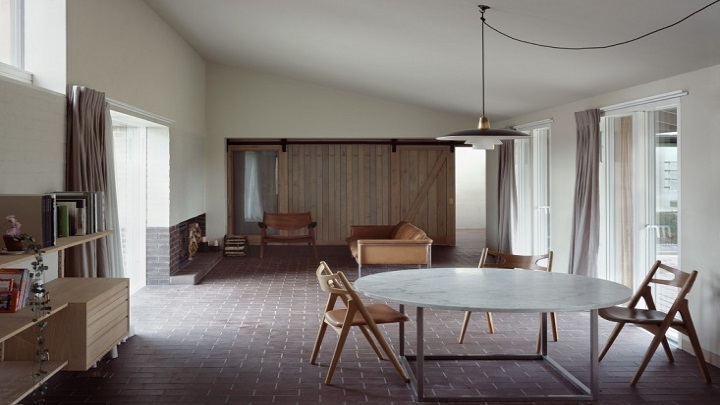Do not buy new furniture to replace old worn furniture. Try these simple tips and give this antique chair a new breath of life in your home.

1. Revive the wicker
Wicker furniture can be difficult to clean, but this is not reason enough to pay a professional.
- Use a vacuum cleaner with a brush to lift dust, dirt, and lint in braided reeds.
- Wipe the wicker with a clean cloth moistened with a paint thinner (first try the thinner on an inconspicuous spot to ensure it does not damage the finish). For stubborn stains, lightly rub with a scrubbing pad moistened with paint thinner.
- To enhance shine on the wicker, apply furniture wax with a clean cloth.

2. Tighten the sliding seats
First, make sure that the chair is made of a natural material, such as rattan or bark (not paper road).
- If so, turn the chair upside down and wet the bottom for a minute or two by wiping it with a clean sponge soaked in lukewarm water.
- Once the bottom is soaked, (the top should remain dry), replace the chair in place. When the woven seat will dry, it will be tighter.
You may also like to read: How to Choose High-Quality Oriental Furniture
3. Repair frayed woven seats
If you have a chair with a woven paper rush seat (a wicker made of twisted paper), you probably already know that paper has a tendency to tear at the front, where the legs are constantly rubbing.
- Here is a quick cosmetic solution: squeeze some white artisanal glue under the torn strands, and apply masking tape to keep them in place. When the glue is dry, remove the masking tape and no one will ever know that the strands are broken.

4. Hide scratches on furniture
You can hide scratches using several inexpensive methods.
- Visit the hardware store and pick up a putty pencil or erase scratches. Make sure they match the color finish of your wood.
- Apply according to directions – and voila! – The scratch disappears.
5. Follow the Golden Rule of Antiques
Bring as little change as possible to their finish and original structure.
- By stripping a finish and applying a new finish, you dramatically reduce the value of the antique furniture.
- You do not need fancy chemicals to clean and protect wooden chests, desks, tables, and chairs, even if they are your most precious commodities. In fact, these products can do more harm than good.
Use these preventive care and cleaning procedures for your wooden furniture:
- Protect wood against moisture. Use coasters, wipe off splashes and avoid cleaning with water.
- Remove dust regularly using a dry, soft white cloth.
- Apply furniture wax once a year, such as Johnson’s paste; wax, but only if the finish of the wood is intact. The paste wax, which protects the finish without penetrating the wood, prevents the dust from binding to the surface, just as the car wax makes the water sparkle.

6. Treat the notches with steam
The notches on the wooden surfaces can often be fixed by inflating the compressed wood fibers to their normal size using moisture and heat.
- Prick the varnish finish of the notched surface several times with fine pin so that moisture can penetrate into the wood.
- Cover the notch with a damp cloth pad, put a metal bottle cap on top of the pad to spread the heat, and apply a high setting iron for a few minutes.
- Be careful not to burn the finish. When the wood is dry, fill the pinholes with a thin coat of varnish.
Some antique furniture is invaluable, and it is certain that it is something you want to keep in your home. Do not get rid of furniture simply because of their cosmetic imperfections; Use these tips to give your furniture a new breath of life. This is much cheaper than replacing them!




Average Rating